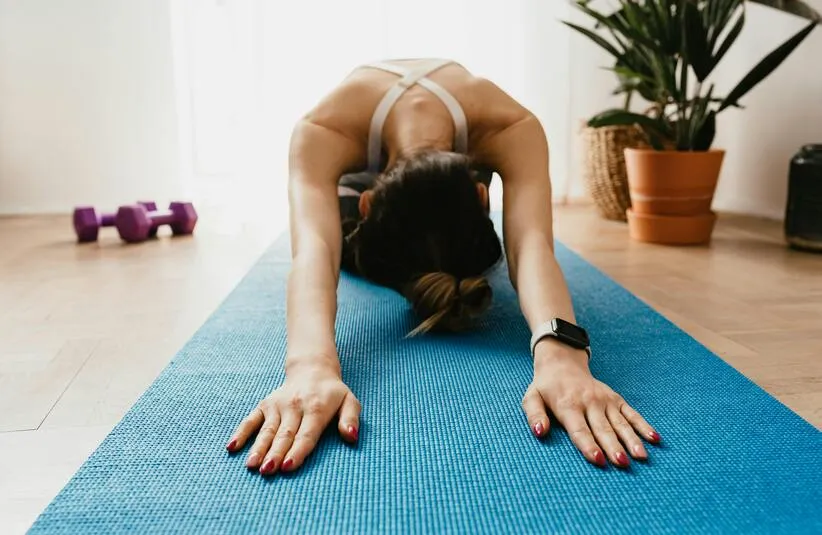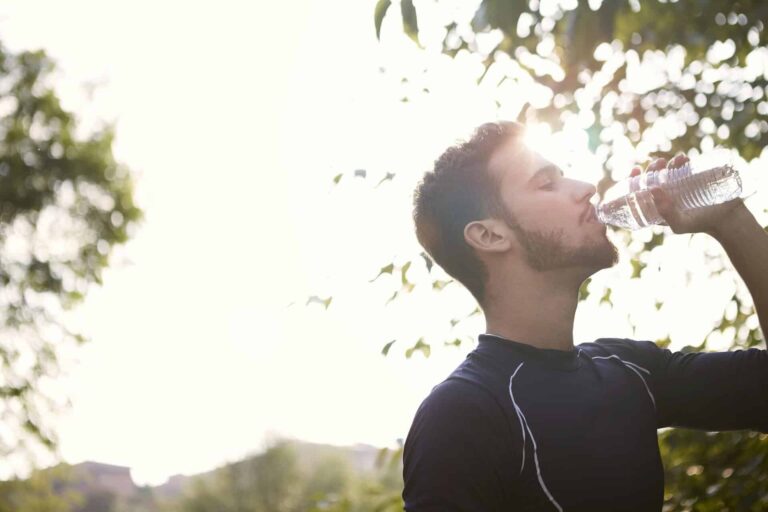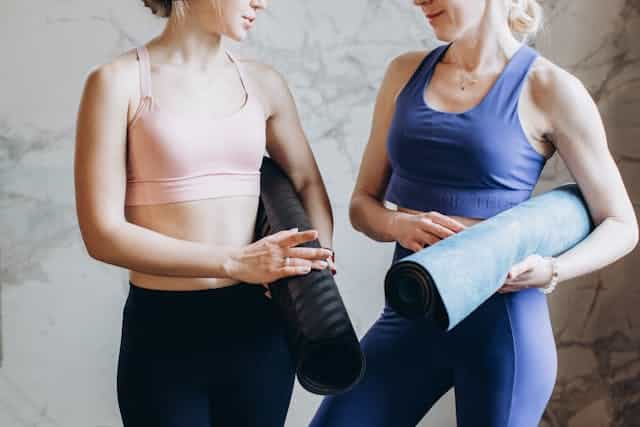Low-Impact Workouts to Ease Into Winter Fitness
Let’s address the elephant in the room—or rather, the polar bear in the living room. When the temperature drops and the sun decides to clock out at 4:00 PM, the biological imperative to wrap yourself in a blanket burrito and consume refined carbohydrates is overwhelming. It’s not laziness; it’s thermodynamics. Your body wants to conserve heat, and your brain wants to binge-watch sci-fi series. But here’s the data point we can’t ignore: hibernation is for bears, not humans with intricate musculoskeletal systems that require movement to function optimally. How can you ease into winter fitness? Use low-impact workouts to ease into the cold months.
The problem is that winter often brings a “go hard or go home” mentality to fitness, usually involving high-impact, slip-on-the-ice scenarios that terrify our knees. But what if we hacked the system? You don’t need to sprint through a blizzard or destroy your joints on frozen pavement to maintain your gains. The smart play this winter fitness season is pivoting to low-impact workouts. These are the unsung heroes of the fitness world—exercises that deliver high-yield cardiovascular and strength returns without the concussive force that makes your hips sound like a bowl of Rice Krispies. It’s about working smarter, optimizing your biomechanics, and keeping your chassis in pristine condition while the rest of the world is icing their shins.
Low-Impact Workouts and Winter Fitness
For those of us who do not love the “wind chill factor” as a personal affront, the great indoors offers a sanctuary for kinetic experimentation. The goal here is simple: mimic the physiological benefits of running or heavy lifting, but strip away the vertical ground reaction forces that wreak havoc on connective tissue.
First on the docket is the aquatic environment. Swimming is essentially the closest we get to zero-gravity training without a NASA budget. The viscosity of water provides uniform resistance in all directions—think of it as a 360-degree force field against your muscles—while the buoyancy virtually eliminates the effects of gravity on your joints. It’s a fluid dynamics dream. You’re engaging the entire kinetic chain, from your lats to your glutes, while your knees get a well-deserved vacation from pounding the pavement. If doing laps feels too monotonous, water aerobics isn’t just for the retiree demographic; the resistance works your stabilizers harder than you think, forcing your core to engage constantly to maintain equilibrium.
If you prefer to stay dry but still want to avoid the impact, let’s talk about the elliptical and the rowing machine. The elliptical is a marvel of mechanical engineering, designed to replicate the running gait while removing the “foot strike” phase entirely and are great for low-impact workouts! It’s a closed kinetic chain exercise, meaning your feet never leave the pedals, ensuring your cartilage stays intact while your heart rate climbs into zone three or four.
Similarly, the rowing machine is a masterpiece of leverage. It’s often mistaken for an arm workout, but any true fitness nerd knows it’s 60% legs, 30% core, and 10% arms. You are generating power through a horizontal plane rather than a vertical one, saving your spine from compression while building explosive power in your posterior chain.
Then we have the mat-based disciplines: Yoga and Pilates. Think of these not just as “stretching,” but as debugging your body’s source code. Winter tends to make us sedentary, which shortens our hip flexors and turns our posture into a question mark. Pilates is essentially an engineering course for your core, focusing on the deep stabilizers that support your spine. Yoga complements this by increasing the tensile strength and flexibility of your muscles.
The data is clear: a mobile joint is a healthy joint. By dedicating time to these low-impact workouts, you aren’t just burning calories; you are actively bulletproofing your body against injury, ensuring that when spring finally thaws the world, your range of motion will be better than ever.
Field Research: Conquering the Tundra (Or Just the Sidewalk)

For the adventurers who refuse to let a little precipitation ruin their stats, outdoor low-impact workouts offer a unique set of variables. Venturing outside isn’t just about fitness; it’s about exposure to natural light (hello, Vitamin D synthesis) and the mental resilience built by conquering the elements. The key here is traction and technique.
Let’s look other winter fitness options. How about the humble winter walk? It sounds basic, but walk with purpose in the snow, and you’ve suddenly increased the difficulty setting of your workout. Walking on snow requires more energy than walking on asphalt because of the uneven terrain and the “give” of the surface. Your stabilizer muscles—those tiny, often-neglected workers around your ankles and knees—have to work overtime to keep you upright. It’s proprioception training disguised as a stroll. Just remember the physics of friction: wear footwear with aggressive tread or add traction cleats. We want muscle burn, not a lesson in gravity via a slip-and-fall on black ice.
If you want to level up the gear factor (and who doesn’t love gear?), consider snowshoeing. It’s the ultimate hack for snowy terrain and perfect for winter fitness. By increasing the surface area of your footprint, you distribute your mass and float on top of the powder rather than post-holing through it. But don’t let the “float” fool you; this is a serious caloric incinerator. The mechanics of snowshoeing require a slightly wider stance and a higher knee lift, engaging your hip flexors and abductors in a way standard walking does not. It’s a low-impact strength workout for your legs that simultaneously pushes your cardiovascular endurance. It’s peaceful, nerdy, and deceptively difficult—the trifecta of a great winter sport.
Another fascinating option is cross-country skiing. Unlike its adrenaline-junkie cousin, downhill skiing, cross-country skiing is a rhythmic, gliding motion that is a low-impact workout. This winter fitness is not only fun, but it is also incredibly gentle on the joints if done with proper form. It utilizes a gliding motion that eliminates the jarring impact of running. It’s a full-body rhythmic oscillation that engages the upper body for propulsion and the lower body for stability and glide. It’s widely considered one of the most efficient cardiovascular exercises in existence, torching calories while keeping the impact forces remarkably low.
Just ensure you warm up properly; cold muscles are like cold rubber bands—brittle and prone to snapping. A dynamic warm-up inside before you step out into the cryo-chamber of the outdoors is non-negotiable.
Final Thoughts
By shifting your focus to these low-impact workout methodologies, you aren’t “taking it easy” this winter fitness season; you’re training strategically. You’re acknowledging that longevity is the ultimate stat to maximize. Whether you’re analyzing your stroke rate in the pool or calculating the friction coefficient of your snowshoes, keeping moving is the victory. So, lace up, gear up, and treat yourself to that post-workout hot cocoa. You’ve earned it, scientifically speaking.
Disclaimer: The information in this article is for general wellness and lifestyle purposes only and should not be taken as medical advice. Always listen to your body and consult a healthcare professional before beginning any new exercise routine, especially if you have underlying health conditions or concerns.






